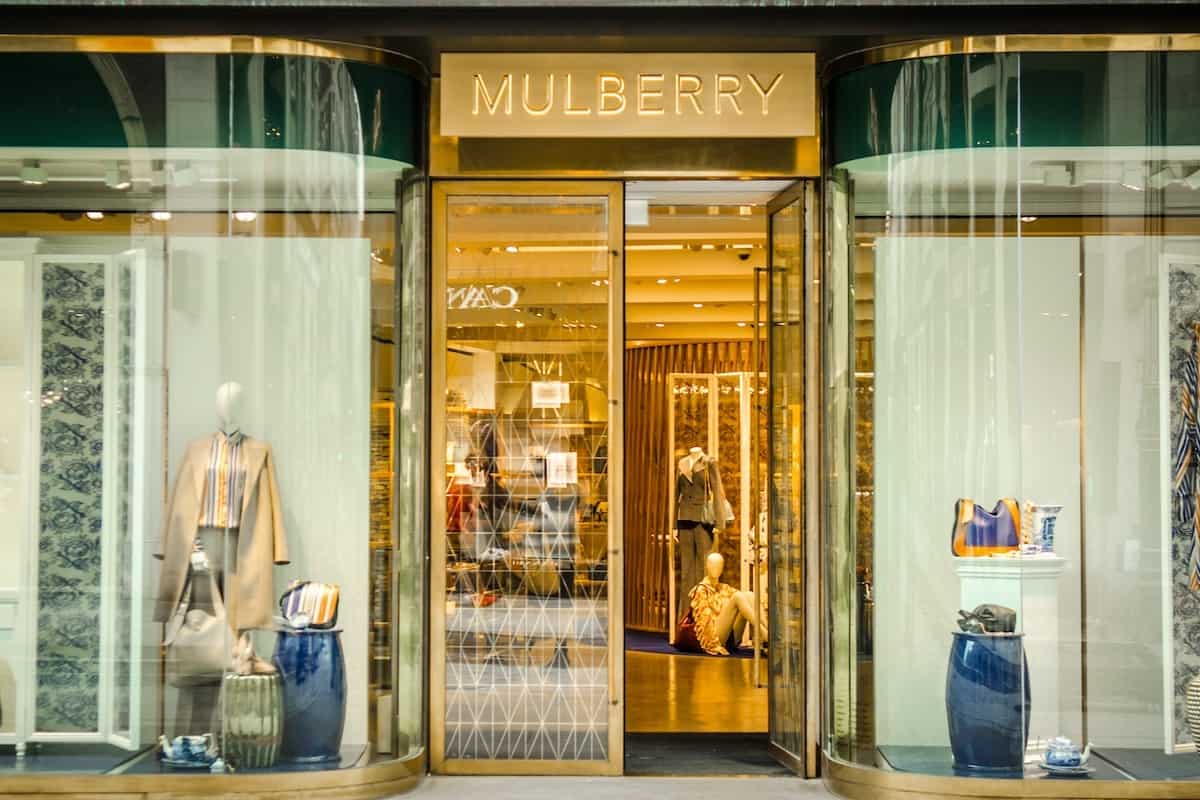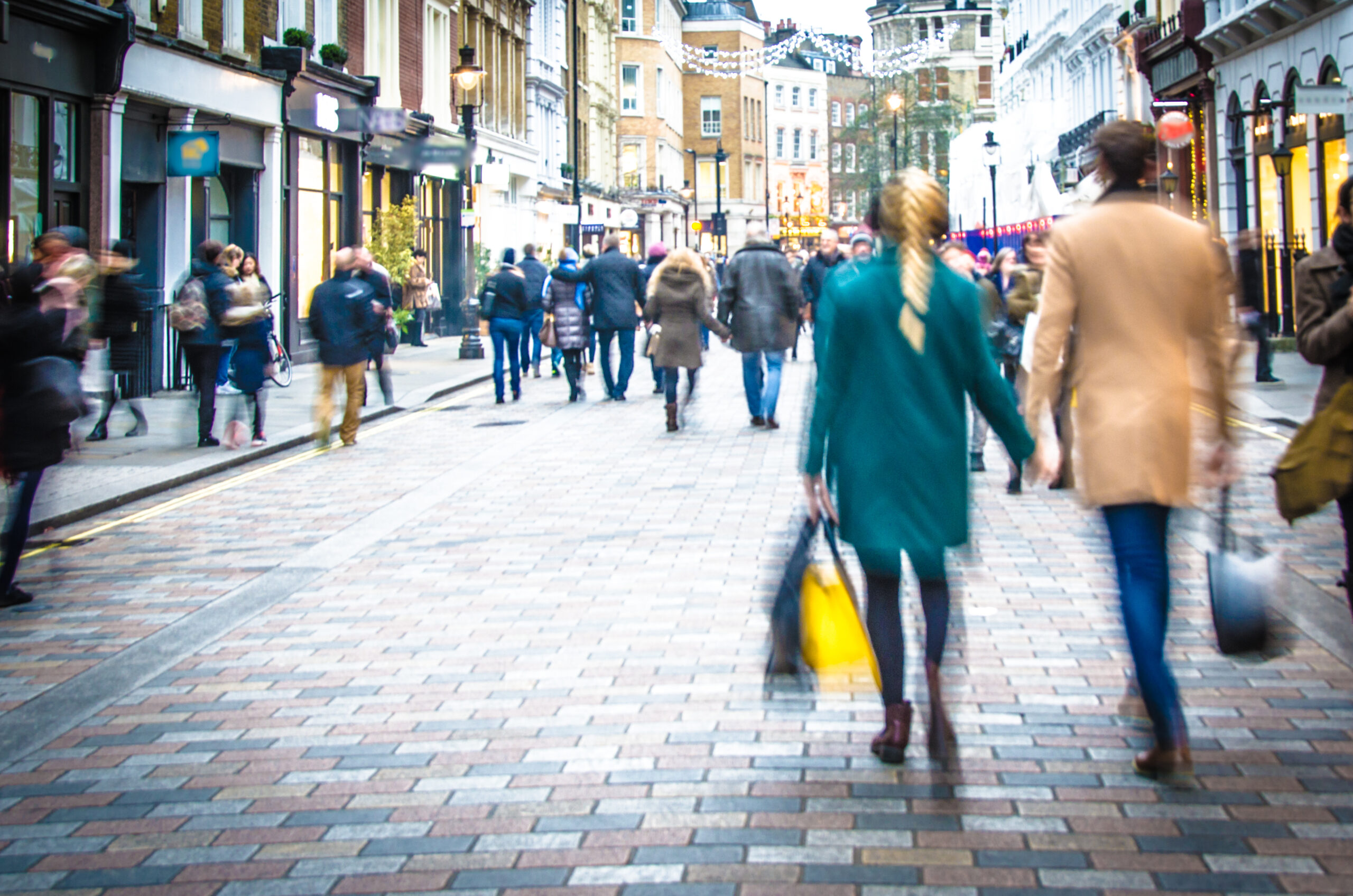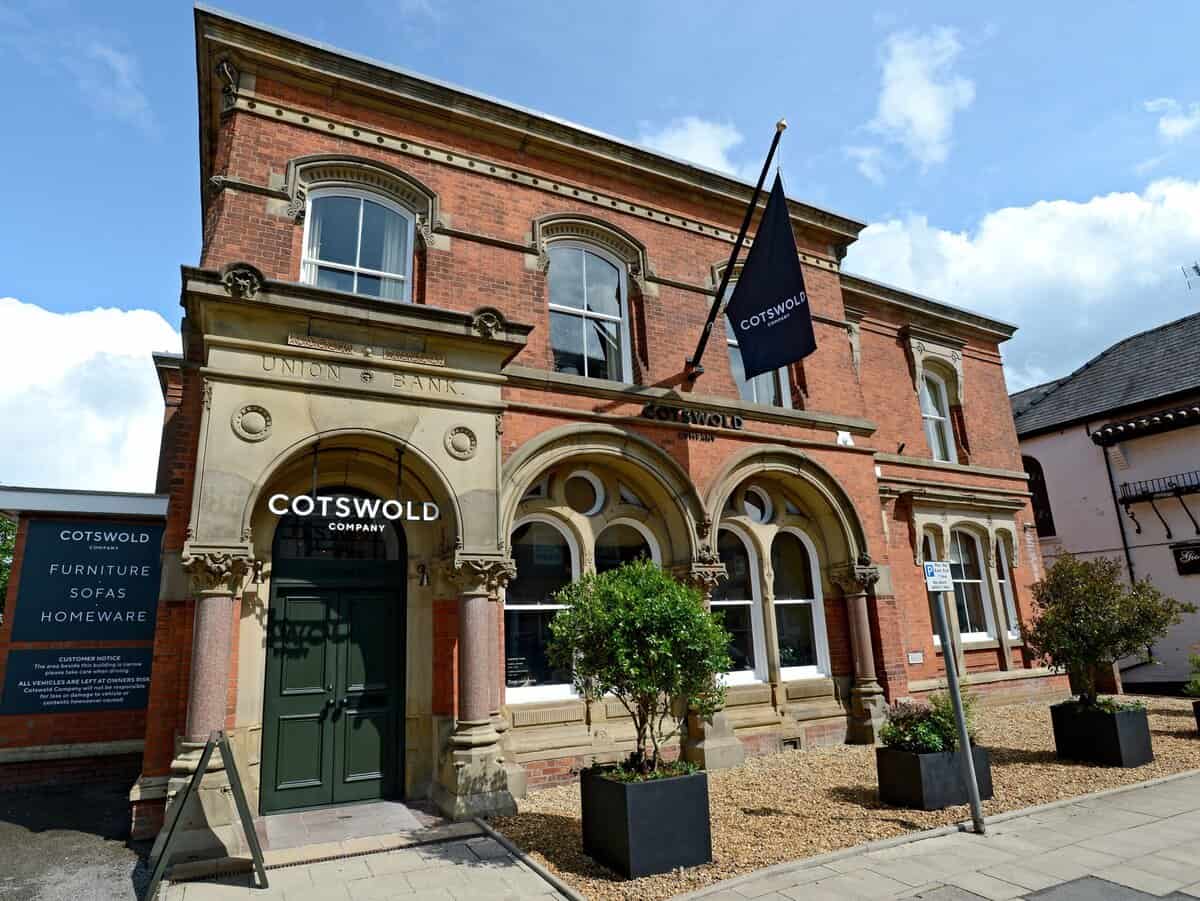At least a third of UK retail sales will take place online 10 years from now, according to new forecasts.
The prediction, from the Economist Intelligence Unit, means significant growth by 2022 from the estimated 10% of sales that take place over the internet today.
The report, Retail 2022, also suggests that mobile commerce will be a mainstream way of making purchases by 2022, with more consumers buying on impulse.
“S-commerce, led by investment in traffic drivers such as Pinterest, will add a further dimension to virtual shopping,” it said.
Meanwhile, stores will incorporate digital, with many operating as showrooms, collection centres or customer service hubs, while augmented reality displays, powered by smartphone apps, will become commonplace.
A multichannel approach to shopping will also mean the rise and proliferation of the convenience store, while technologies based on finding bargains will expand. “By 2022, bargain-driven technologies such as Groupon and mysupermarket will have merged and expanded into sophisticated sites tailoring and personalising the best offers for consumers,” said the report, which envisages a “polarised” UK market where consumers buy staples from discounters, saving their money for luxury buys.
Report author Jon Copestake, chief retail analyst at the Economist Intelligence Unit, said: “The opportunities for retail over the next decade and beyond are enormous. But where the future markets will reside and the way in which we will buy goods will change dramatically. Retailers will need to evolve to adapt to this new landscape.”
The report also predicts that the emerging markets of China, India, Russia and Brazil will be four of the six largest retail markets in the world by 2022. The Chinese market will be worth $8.3tn (£5.18tn) by 2022, around a quarter of global retail sales and twice the size of the United States’ at $4.5tn (£2.8tn). It will be followed by India, at almost $4tn (£2.5tn), followed by Japan ($1.6tn, £0.99tn), Russia ($1.5tn, £0.93tn) and Brazil ($1.2tn, £0.75tn). In ten years the Indian retail market alone could be the size of Western Europe’s.
“It is retailers’ new approach to curating products online that will continue to fuel the growth in years ahead,” said Adam Stewart, marketing director of Play.com, commenting on the report. “Retailers are increasingly creating richer online shopping experiences, with access to 360 degree product images, live video streams from the catwalk and out of the box video product testing that makes shopping online far more tactile.”
The news comes as the Distressed Town Centre Taskforce was launched in response to the Mary Portas review of UK high streets, with a pledge to review towns and cities with a view to finding ways of rejuvenating them.
Mark Williams, chairman of the Distressed Town Centre Taskforce and partner at asset managers, Hark Group, said: “The taskforce recognises that our High Streets are going through a structural recalibration, rather than an economic cycle from which we will emerge over time. The wider economic, consumer and retail markets have moved at a pace that our High Streets and property in general, have not been fast enough to adapt. The reasons for this need careful examination as a way of understanding what the current property-related barriers to rejuvenation are, and what the range of options or solutions could be.”








